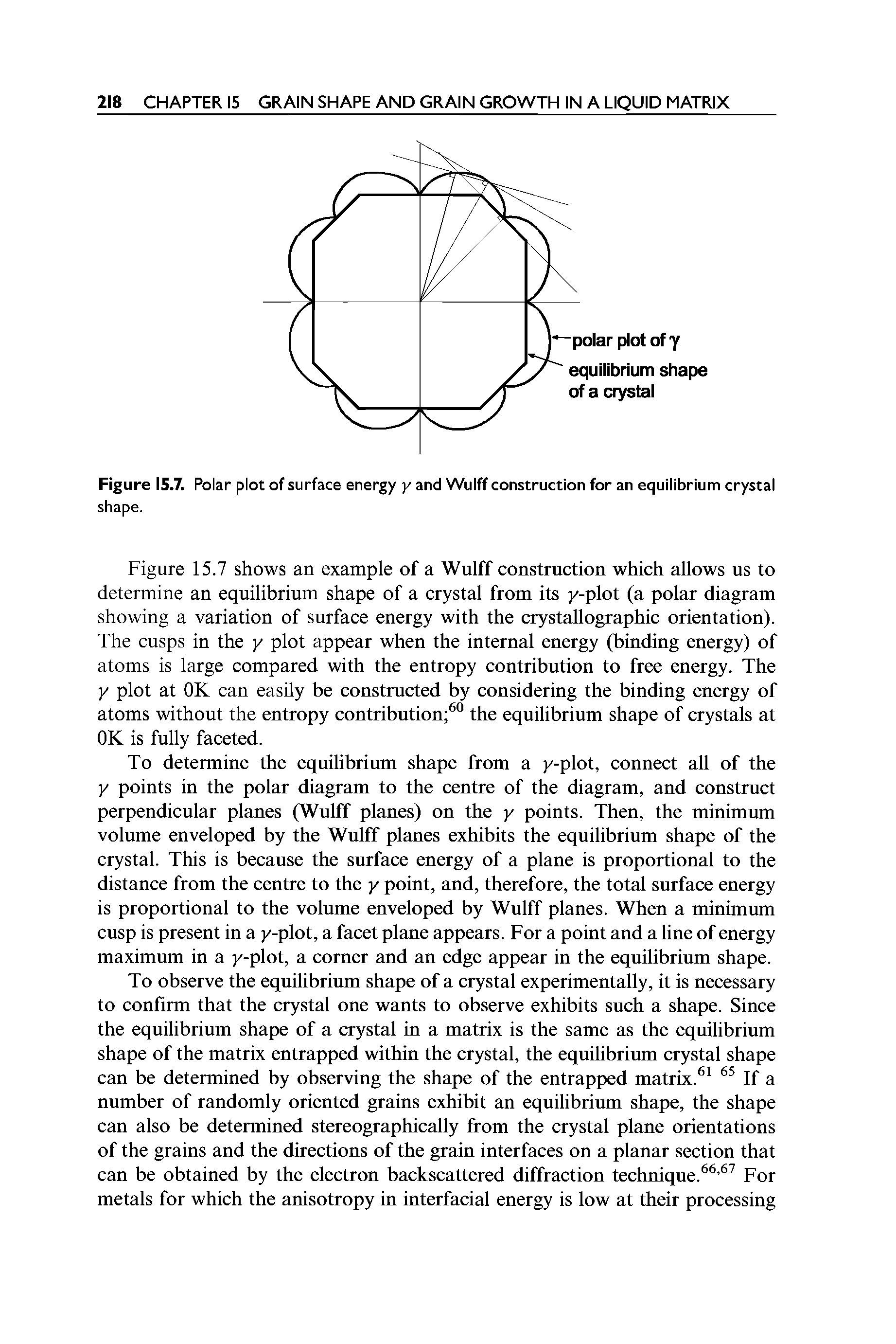
This works if the opposite edges are indistinguishable by symmetry, but fails otherwise, yielding a meaningless average ε. As the primary well-defined quantity is always the total energy E t, one typically resorts to a ribbon (or slab, in 3D) to define the edge energy (per length) as an excess ε = ( E t – E b)/2 l (where l is the lattice constant) over the energy of unbounded bulk material E b. Such a plan has been successfully realized in numerous cases in which there was a definition for the edge or surface energy. Furthermore, advances in the first-principles-based computations-notably density functional theory, DFT-nicely complete the Wulff construction by offering ε( a), at the desired accuracy, to predict a crystal’s shape all of the way from its elemental chemical makeup. One can learn whether the crystal reached equilibrium or was shaped kinetically, learn about the edge-structures, and the environment. One century later, the advent of two-dimensional (2D) materials 6, 7, 8, 9 made such analysis particularly appealing, helped by a daily growing abundance of shape imagery (it is easier to characterize a 2D rather than a three-dimensional (3D) shape, not to mention improved microscopy). If the exterior energy density, such as the angle-dependent surface energy ε( a), is given for all direction angles a, this should be sufficient to define the crystal shape, as epitomized by the famed Wulff construction 2, 3, 4, 5-a geometrical recipe derived from surface energy, in which the answer emerges as an envelope of planes or lines that are distanced by ε( a) from some point and drawn for all directions a. For us to predict a crystal shape, such an approach is impossible, and so theories usually reduce the search to the exterior (surface or edge) energy minimization only 1, 2, whereas the interior-bulk (volume or area) remains invariant.
#SILVER SURFACE ENERGY WULFF CONSTRUCTION WOLFRAM PLAYER TRIAL#
Crystals-oblivious to this fundamental principle-achieve their shapes by billions of constituent atoms relentlessly performing a trial and error experiment until they reach the equilibrium shape. Physical systems in equilibrium arrive at a state of minimal energy. We instantly associate the very word crystal with a shape (and perhaps color, or the lack of it), which has often been perfected through slow geological formation or craftsmanship. We demonstrate it for challenging materials such as SnSe, which is of C 2v symmetry, and even AgNO 2 of C 1, which has no symmetry at all. Here we show how one can proceed with auxiliary edge energies towards a constructive prediction, through well-planned computations, of a unique crystal shape. If the crystal surface/edge energy is known for different directions, its shape can be obtained by the geometric Wulff construction, a tenet of crystal physics however, if symmetry is lacking, the crystal edge energy cannot be defined or calculated and thus its shape becomes elusive, presenting an insurmountable problem for theory. It is also a visible macro-manifestation of the underlying atomic-scale forces and chemical makeup, most conspicuous in two-dimensional (2D) materials of keen current interest. The Wulff construction has been extremely successful for understanding the shapes of both two-dimensional (2D) and 3D materials, all the way from the macro to the nanoscale 5, as one has to approach the sub-10-nm size regime in order to observe deviations 6.The equilibrium shape of crystals is a fundamental property of both aesthetic appeal and practical importance: the shape and its facets control the catalytic, light-emitting, sensing, magnetic and plasmonic behaviors. A formal geometric procedure to determine the shape given by this condition was introduced by Wulff 3 and later proved, for example by Laue 4.

As shown already by Gibbs 1 and Curie 2, the equilibrium shape of a crystallite is the one that minimizes the total surface energy. The atom arrangement can be terminated in countless distinct ways, yet each surface formed by such a cut is associated with an energy cost. The appearance of spinel, quartz or topaz crystals that exhibit faceting visible to the naked eye is the direct result of the arrangement of the atoms inside these materials on a (crystal) lattice. The striking geometrical simplicity of naturally occurring minerals has inspired human imagination for millennia, suggesting the emergence of order in an otherwise seemingly amorphous world.


 0 kommentar(er)
0 kommentar(er)
